 Queen and Court
Queen and Court
Entry Category: Campuses and Schools
 Queen and Court
Queen and Court
Quitman Home Economics Building
Quitman Male and Female College
Ravenden Springs School
 Redfield School
Redfield School
Richard Allen Institute
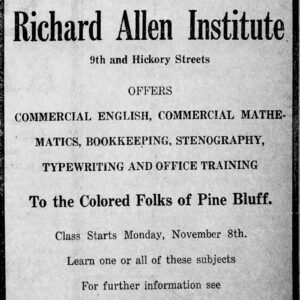 Richard Allen Institute Ad
Richard Allen Institute Ad
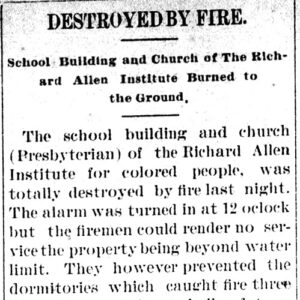 Richard Allen Institute Fire Story
Richard Allen Institute Fire Story
 Roasting Ear School
Roasting Ear School
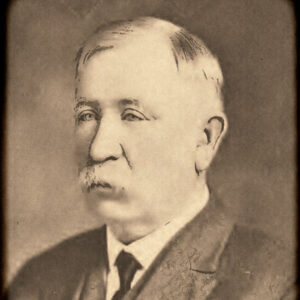 John Roberts
John Roberts
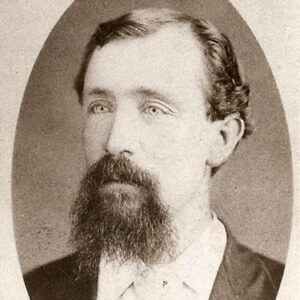 John Roberts
John Roberts
Rogers Academy
 Rosenwald Class ca. 1960
Rosenwald Class ca. 1960
Rosenwald School (Delight)
Rosenwald Schools
 Festus Russell
Festus Russell
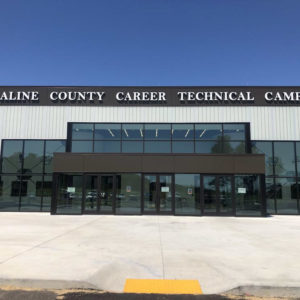 Saline County Career Technical Campus
Saline County Career Technical Campus
Saline County Career Technical Campus
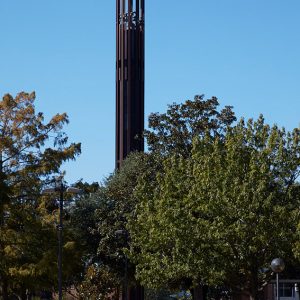 SAU Tower
SAU Tower
 SCA License Plate
SCA License Plate
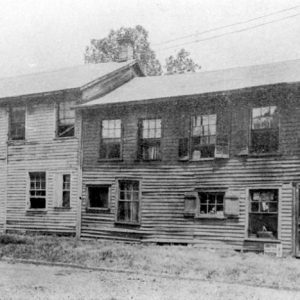 School for the Deaf
School for the Deaf
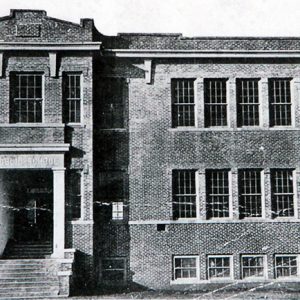 Scranton High School
Scranton High School
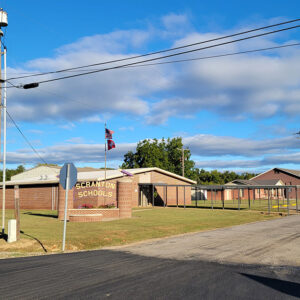 Scranton Schools
Scranton Schools
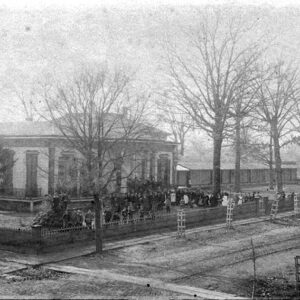 Searcy College
Searcy College
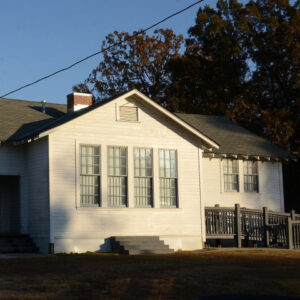 Selma Rosenwald School
Selma Rosenwald School
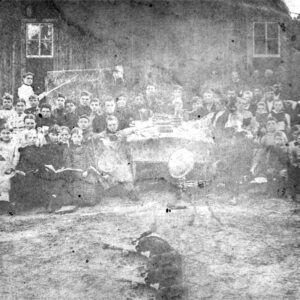 Shoal Creek School
Shoal Creek School
Shorter College
aka: Bethel Institute
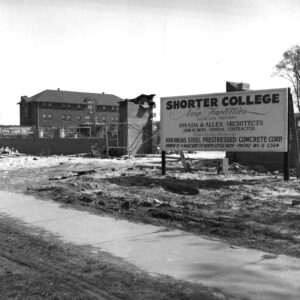 Shorter College Construction
Shorter College Construction
 Sidney School Memorial
Sidney School Memorial
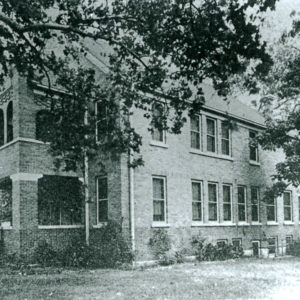 Sisters' School
Sisters' School
Sloan-Hendrix Academy
Smithville Public School Building
 Soul Society
Soul Society
Soulesbury Institute
aka: Soulesbury College
South Arkansas Community College (SouthArk)
South Elementary School (Wynne)
Southeast Arkansas College (SEARK)
Southern Arkansas University (SAU)
Southern Arkansas University Tech (SAU Tech)
 Southern Arkansas University Tech Sign
Southern Arkansas University Tech Sign
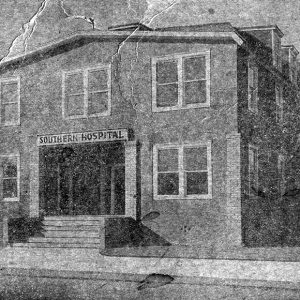 Southern Hospital
Southern Hospital
Southland College
 J. L. Spence
J. L. Spence
Springdale College
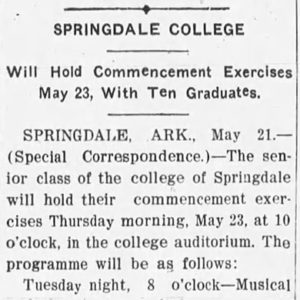 Springdale Commencement
Springdale Commencement
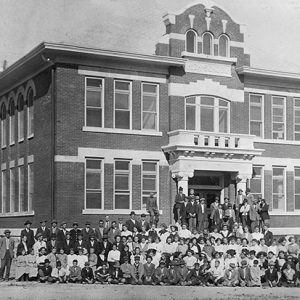 Springdale High School
Springdale High School
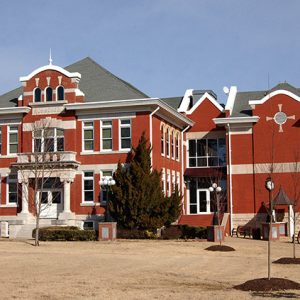 Springdale Public School District Administration Building
Springdale Public School District Administration Building
Springfield Male and Female Collegiate Institute
aka: Springfield College
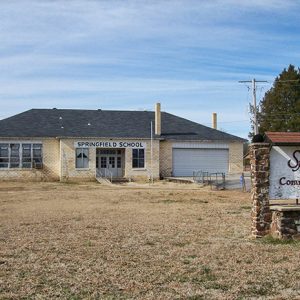 Springfield School
Springfield School




